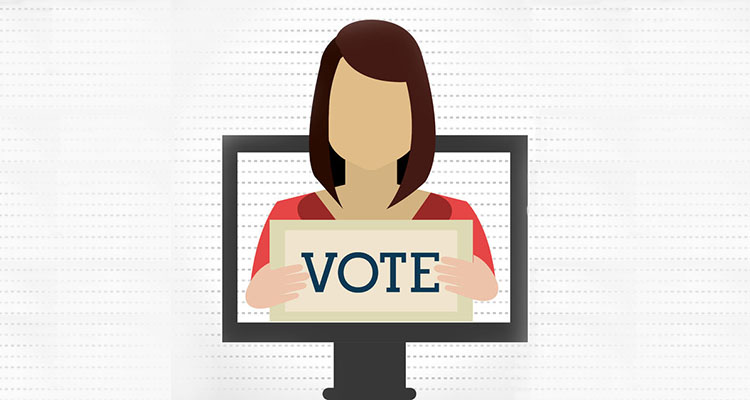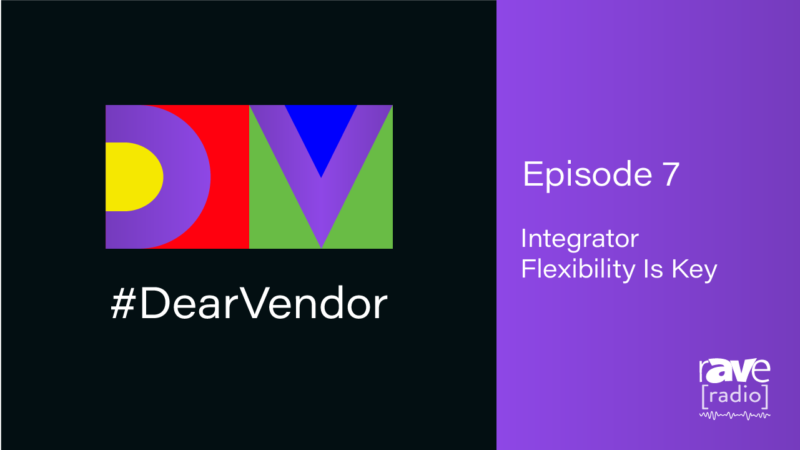Political Advertisements of the Future?

I am writing this article on the afternoon of Halloween. I spent the day running errands the get ready for the long winter that is ahead of us here in the North. As I drove around completing those errands, I was amazed with the lawns that are awash with political signs. In addition to realizing I can’t wait for this election cycle to be over, a couple of thoughts went through my head as I rode around. The first thought was that the campaigns who create these sign sometimes don’t pay enough attention to the basic rules of signage. Colors are awful and not in contrast enough to be able to read. Or, they put so much on one small sign that you can not tell what they say.
Then my mind started drifting towards what would these signs be like in the future? Will static signs continue to make sense, or will we see a drift to digital political signs? I predict we will. Let’s take a look at the costs and the value of moving towards digital signs.
At first glance one would think the costs would simply be prohibitive. On the face of it I agree, today, but think that one needs to consider the future. Display technologies have continued to drop drastically in price. Take a look at any website and you can find 32” televisions for around $100. Ten years ago that price would have been upwards of $300. Water proof and weather resistant monitors continue to become more common and less expensive. Take into account the OLED televisions, and now you have a very light and thin monitor. Yes, OLED is still very expensive. But one can only expect that those prices will continue to drop as more manufacturers make them and they become more popular.
The second issue to deal with around cost would be power. For signs to make sense to campaigns, they would need to be self-sufficient in regards to power. A large car battery could not be required to run the sign. Fortunately, battery technology continues to evolve. Modern laptops have small, efficient batteries that provide several hours of use, even for heaving computing use. Adapting this battery technology would be key to making a lawn sign usable. Finally, of course, the batteries would need to have the ability to be re-charged by sunlight. Efficiencies would need to be put into place in order to make the signs conserve the power as much as possible. An example of this would be the signs turning themselves off at night when there is no traffic. This could be done by using logic and a light sensor. You can assume a car coming down the road at night will have its lights on. So, as soon as the light sensor detects that light, the sign turns on.
All of the reasons above are why a logical person may decide that using a digital political lawn sign may not make sense. However, I believe that there is significant value that campaigns could realize from these signs. I have noticed over this election season that most campaigns are still pouring money into television commercials. However, so much of the type of viewing we do now is via streaming. Many people are missing these campaign ads because they are not watching traditional TV. This is especially true of the very critical “young” voter. Campaigns are looking for new, effective ways to reach out to these voters. They will be willing to move money from traditional campaign commercials.
A second attraction of the digital lawn sign will be that it can be targeted to specific audiences. Right now, every sign for a campaign is the same. They simply list the candidate’s name, and possibility a slogan. What if a campaign could target the towns that surround a local factory that has recently closed, and advertise their fight against free trade agreements? In Maine, hunting season opened a couple of days ago. In addition, we have a gun control question on the ballot. What if on the day that hunting season opened, the campaigns could advertise their stance on these gun control issues? Additionally, the signs that they choose to have these advertisements on, could be carefully chosen. That is, if you are not in favor of any gun control, you may choose to have your signs change, only in areas that have a strong hunting population. A campaign could also support apps that allow the homeowner to choose from a base set of signs. Which issue are you most interested in? Pick the sign for your candidate that best demonstrates that issue.
It is true that campaigns would spend more money on this technology than they do on the current analog signs. However, the question to ask is not if they are spending more, but rather, are they GETTING MORE VALUE, from the alternative. I believe they would get more value. Perhaps it will start out with the county campaign offices investing in the equipment. They could then re-use these every year. This provides another value. When a candidate leaves office, all those signs are thrown away. These signs could be reused for many election cycles.
I would love to hear your thoughts on this. Is this a dream? Is is possible? How long before we could see it become a reality? Of course, if by the time you read this, and the election is over, and you don’t want to think about elections for a while, I certainly understand.





